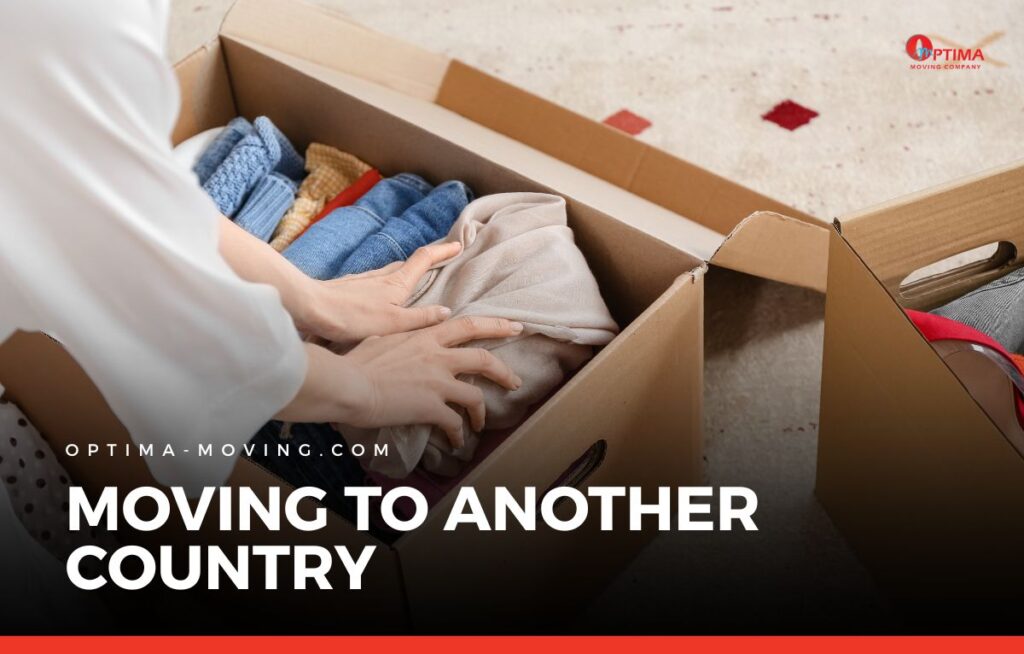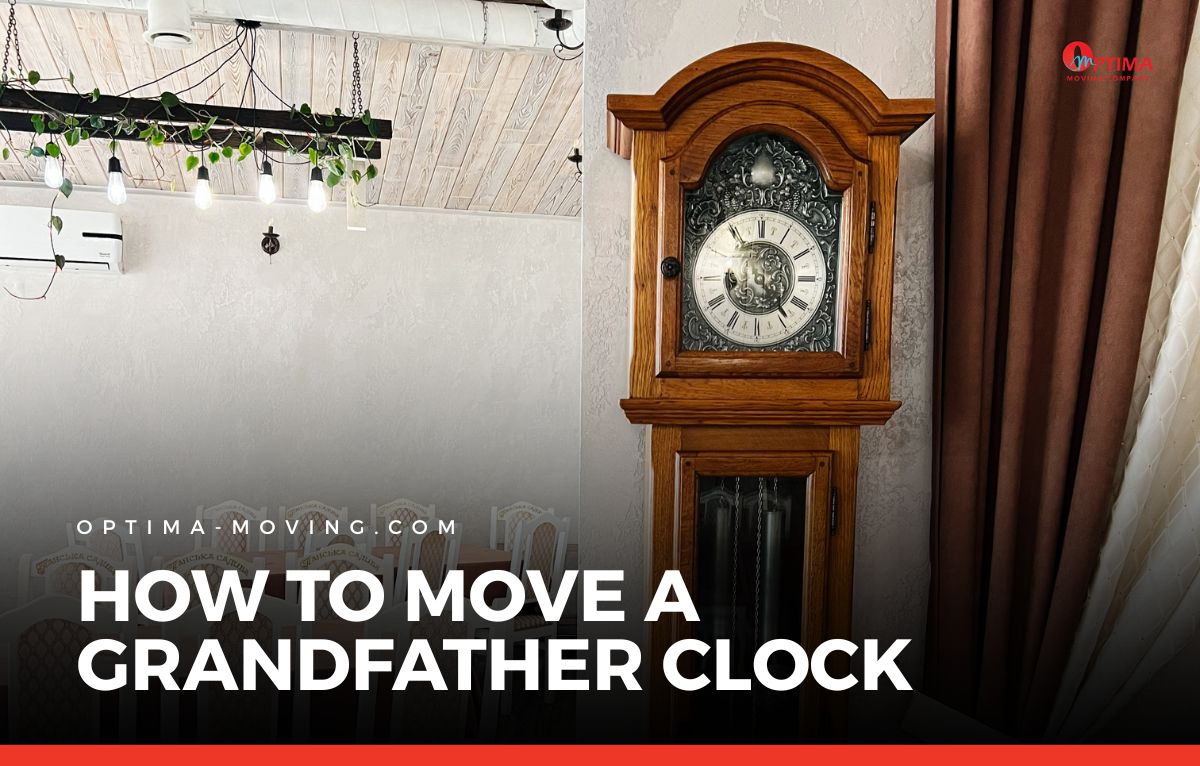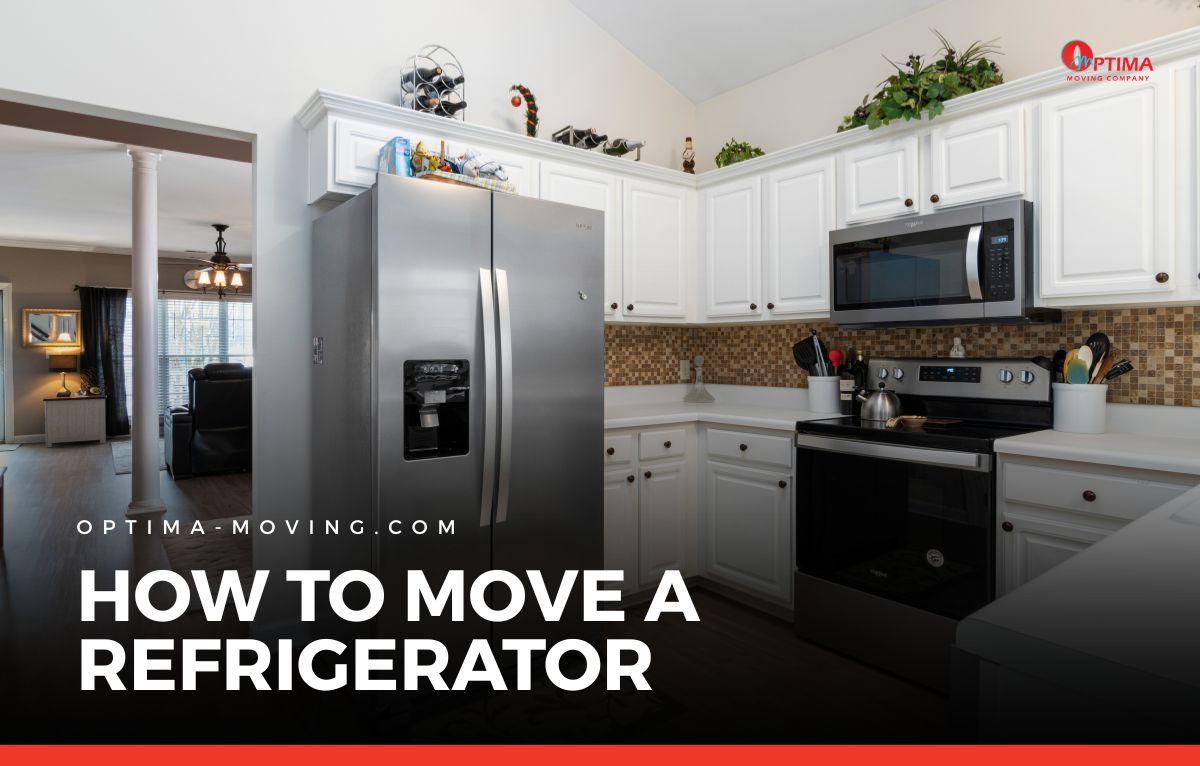Relocating abroad is a big transition, and packing is often the most time-consuming part.
Knowing how to pack for moving to another country helps you prepare efficiently and avoid costly mistakes.
International moves require more planning than local ones because your belongings may spend weeks in transit and pass through customs.
With smart strategies, you can stay organized, protect your items, and make the journey less stressful.
Begin with Important Documents and Essentials
The first step in international packing isn’t clothing or furniture. It’s paperwork. Keep your passport, visas, medical records, financial information, and work or school documents in one secure folder.
These items should never go into checked luggage or shipping containers. They need to stay with you throughout the move.
Alongside documents, set aside everyday essentials you’ll need right away when you arrive. Think of items like prescription medication, chargers, a change of clothes, and basic toiletries.
Having these in a carry-on or easy-to-access bag saves you from digging through boxes after a long flight.
If you’re moving with children, prepare a small bag of comfort items for them as well. Familiar toys, snacks, or books can make the first few days in a new environment less overwhelming.
Declutter Before You Pack
Moving abroad is a chance to evaluate what you truly need. Shipping costs are often calculated by weight or volume, so carrying unnecessary belongings only adds expense.
Go room by room and decide what stays, what gets donated, and what should be sold.
Large furniture and bulky appliances are rarely worth the trouble of shipping unless they hold sentimental or significant value.
Once you’ve narrowed down your list, packing becomes far easier. Instead of trying to fit everything, you’re focused only on items that matter most.
Choosing the Right Packing Materials
International moves demand sturdier packing supplies than short-distance relocations. Boxes should be heavy-duty, preferably double-walled, to withstand long shipping times and multiple handling points.
Bubble wrap and packing paper will be your best tools for fragile items. For larger pieces like artwork or instruments, consider custom crates.
Sealable plastic bins are another good option for items you’ll want to access quickly. They hold up better against moisture and can be reused once you’ve settled into your new home.
Think about the climate you’re moving to as well. If humidity is common, moisture-absorbing packets can help protect electronics and fabrics.
For example, someone moving from Maryland to Singapore would want to account for the tropical climate by packing clothing in breathable garment bags and using silica packs in electronics boxes.
Someone relocating to Northern Europe, on the other hand, might prioritize wool clothing and airtight containers to protect against damp weather.
Packing Household Goods
When packing for an overseas move, prioritize durability and accessibility. Wrap fragile items with several layers of protection and cushion the spaces inside boxes.
Keep kitchen items grouped together so you can set up cooking basics as soon as you arrive. Clothing should be folded neatly or rolled to save space.
If you’re moving to a different climate, pack seasonally appropriate clothes in your luggage and leave the rest for shipping.
Books and other heavy items should be distributed evenly among multiple boxes instead of packed into one large container. This prevents boxes from becoming unmanageable and reduces strain when lifting.
Numbered Checklist for Organizing International Shipments
- Label every box with a clear description and a number. Create a master inventory list that matches box numbers to contents.
- Separate items that must travel with you from items that can be shipped. Keep valuables like jewelry and important electronics in your personal luggage.
- Confirm customs rules before you pack. Some countries restrict items such as alcohol, food, or certain electronics. Knowing these rules ahead of time saves time and avoids surprises.
- Consider insurance coverage for items that will be in transit for weeks. This gives peace of mind if something is lost or damaged.
Handling Specialty Items
Certain belongings need extra care when you’re preparing for an international move. Musical instruments, antiques, and artwork may require professional packing services.
Movers often use climate-controlled crates for such items to protect against extreme temperatures and humidity.
If you’re shipping a car or motorcycle, check import regulations and make sure the vehicle is cleaned thoroughly, as many countries have strict inspection requirements.
Some countries also have specific guidelines for electronics, appliances, or even wooden furniture.
For example, Australia and New Zealand enforce strict biosecurity measures, meaning untreated wood items may be flagged at customs. Researching such details early prevents costly delays.
Bullet Tips for Making Packing More Efficient
- Start early, at least eight weeks before departure.
- Use color-coded labels for each room to make unpacking faster.
- Pack a “first week box” with basics like utensils, towels, bedding, and a few outfits.
- Take photos of valuable items before shipping to document condition.
Spacing out these steps makes the process manageable and reduces last-minute stress.
Stay Flexible During the Process
Even with careful planning, delays or changes can occur in international moves. Shipments may take longer than expected, or customs may request additional inspections.
Keeping your most important items with you in carry-on bags ensures you’ll have what you need even if your shipment is delayed. Staying flexible and prepared makes the transition easier to handle.
It’s also wise to have digital backups of essential documents stored securely online. This way, if physical copies are misplaced during the move, you can still access what you need.
A Final Word on Packing for an International Move
Understanding how to pack for moving to another country comes down to planning, protecting your items, and organizing your shipments well.
From paperwork and essentials to household goods and specialty items, every decision makes a difference in how smooth the process feels.
The effort you put in before the move helps you settle into your new home faster, without the frustration of missing or broken belongings.
If the task feels overwhelming, professional movers can help simplify the process. Optima Moving has experience handling complex relocations and can provide packing services that keep your items safe throughout their journey.
With the right preparation and support, your move abroad can be exciting instead of stressful.




